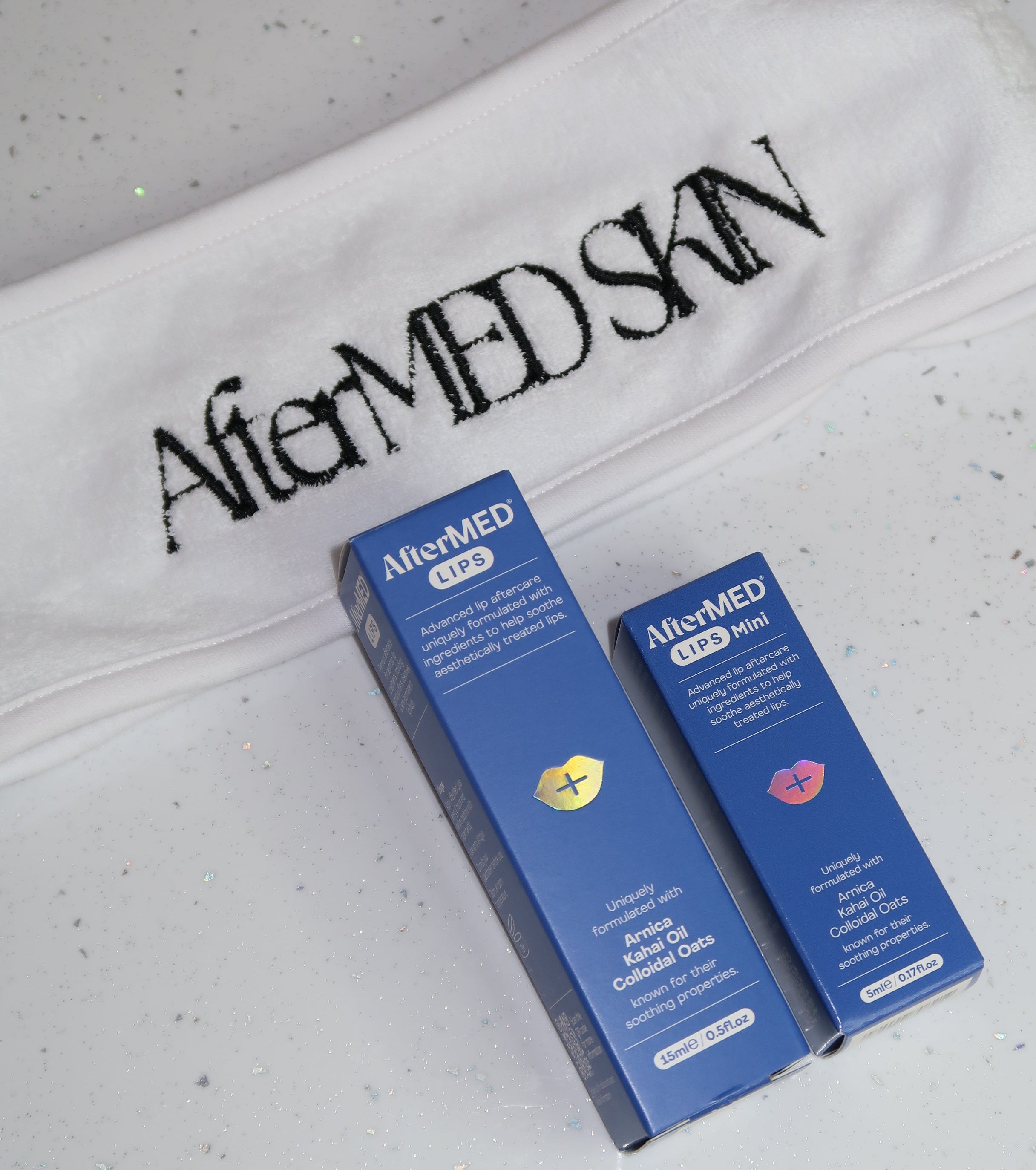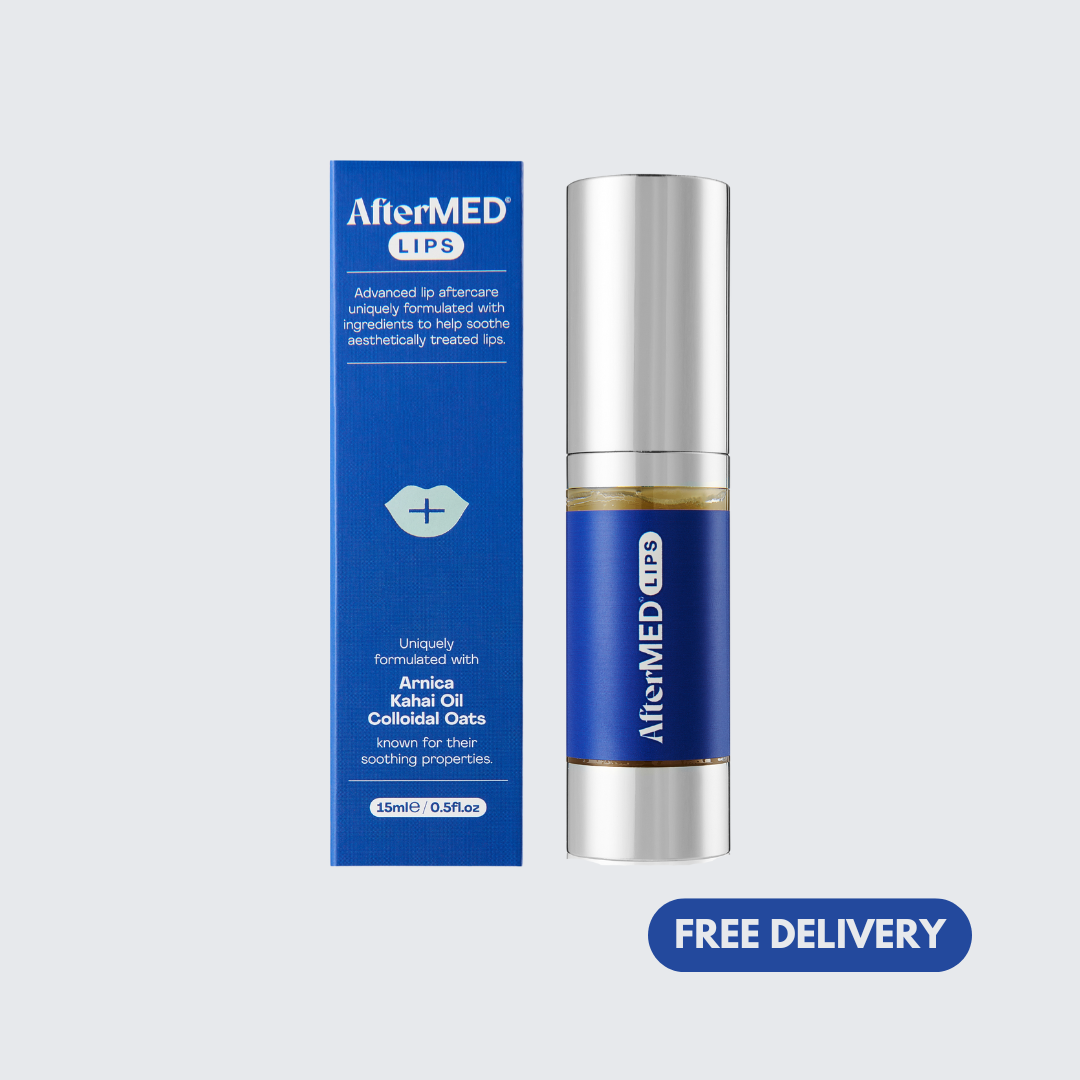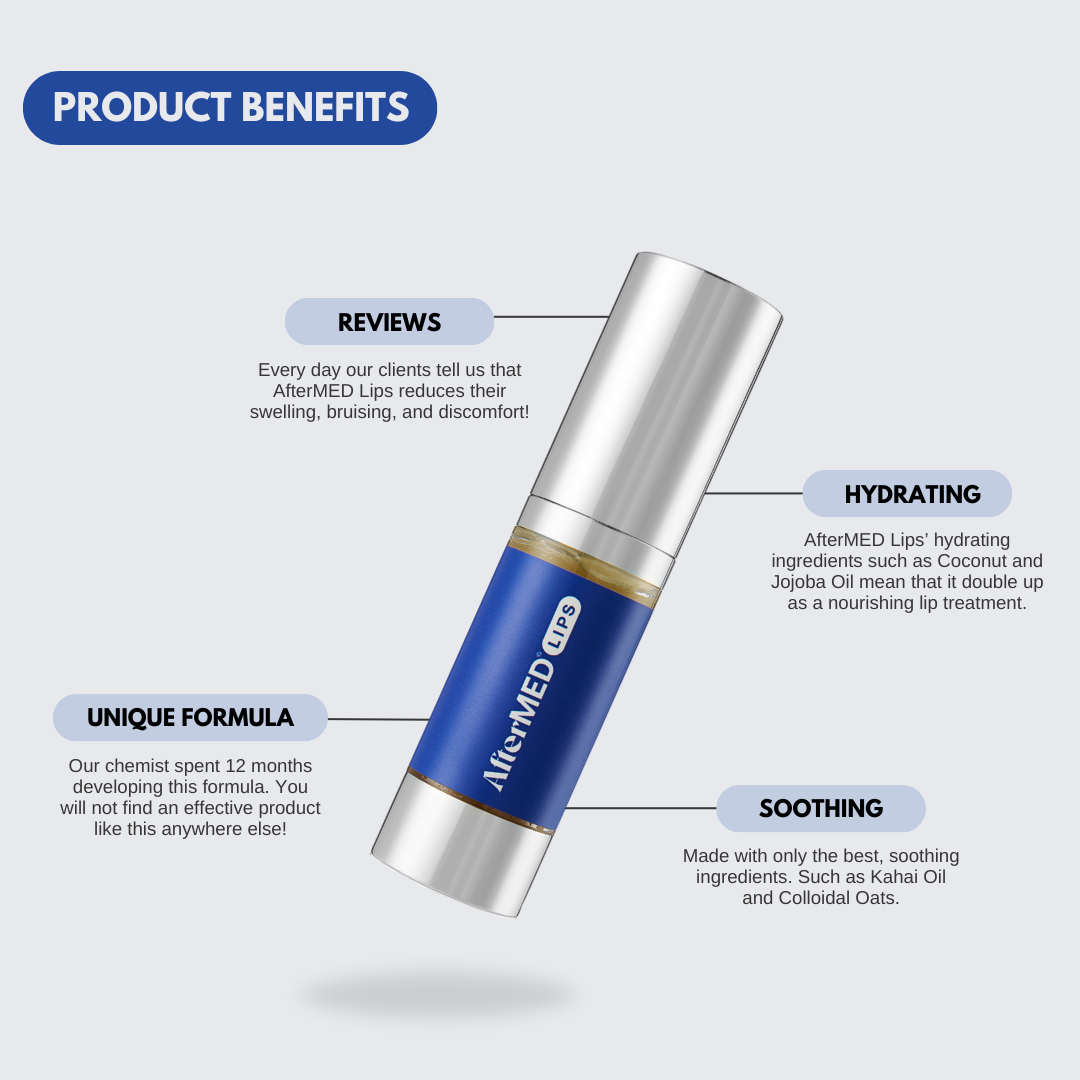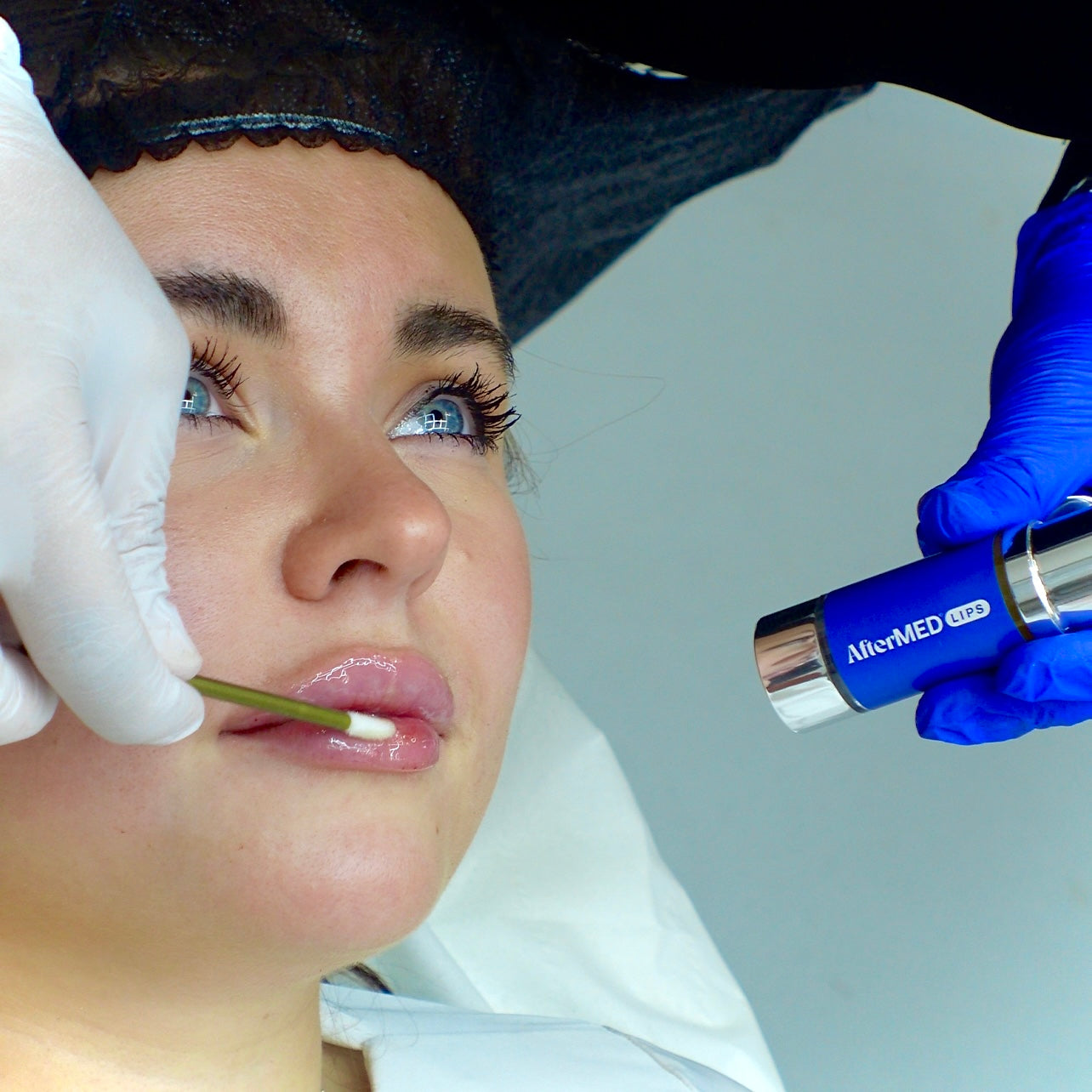
How to Become a Licensed Aesthetics Practitioner in the UK
1. Know the Regulatory Landscape
UK Regulatory Changes: What You Need to Know
-
Licensing Incoming: The UK Government is introducing a national licensing scheme for non-surgical cosmetic procedures like anti-wrinkle injections and fillers, as part of its "Plan for Change." These regulations aim to ensure practitioners meet stringent safety, training, insurance, and hygiene standards. High-risk procedures like non-surgical BBLs will be restricted to qualified healthcare professionals and CQC-registered premises. Under-18s will also face stricter access rules.
-
Face-to-Face Prescriptions Only: As of July 2025, remote prescribing (such as via video consultations) for Botox and other aesthetic injectables is banned. Every prescription must come from an in-person consultation with a qualified prescriber.
-
Tiered Regulation (RAG System): Future regulation may classify procedures by risk level—Red (highest risk), Amber, and Green. Non-medics may perform Amber treatments under supervision; Red procedures will be strictly medical-only.
-
Premises Licensing: Clinics will need proper facilities, and working from your home or pop-ups may soon be disallowed without local authority inspections.
2. Choose Your Training Carefully—Avoid “Weekend Courses”
-
Steer Clear of Superficial Training: One-day or two-day courses simply don’t provide enough expertise to safely perform injectables. Many industry bodies and public responses to consultations sharply criticise these short courses as dangerous.
-
Go for Accredited, Specialist Education: Look for Level 7 Diplomas in Cosmetic Injectables or postgraduate programs endorsed by bodies such as the JCCP and aligned with health frameworks.
3. Insurance: Non-Negotiable Protection
Even if not yet legally required, insurance is essential:
-
Why It Matters: Accidents or complications are always a possibility. Without insurance, both practitioner and client are vulnerable.
-
Types You Need:
-
Professional Indemnity – Covers claims of negligence or unsatisfactory results
-
Public Liability – Protects against on-site accidents or injuries
-
Product Liability – Essential if you use or sell products like fillers
-
Medical Malpractice – Critical for invasive or injectables-based treatments
-
-
Specialist Providers Exist: Insurers such as Hamilton Fraser, Insync, and PolicyBee offer tailored cover for both medics and trained non-medics—with minimum experience and qualification requirements.
-
Future Licensing Tied to Insurance: The upcoming regulatory framework will likely demand proof of insurance to obtain a local license.
4. Learn From Past Mistakes: The Dangers of “Rogue” Practices
-
Real-World Consequences: Investigations have exposed horrifying harm from unregulated clinics—clients suffering nerve damage, bladder injury, even fatal outcomes linked to dangerous, unqualified practice.
-
Ethical Responsibility: As Dr. Kaly Jaff puts it, “Anyone can do a two-day course and pick up a syringe.” Cheap trends and influencer-driven demand put vulnerable people at risk.
-
Key Warning Signs to Avoid:
-
Overly cheap treatments or "botox parties"
-
Home-based “clinics” or quick online training
-
No aftercare planning or poor hygiene practices
-
-
A solid, ethical professional elevates standards and public trust.
5. Aftercare: The Clinical Edge—and Where AfterMED Lips Comes In
Aftercare isn't optional—it’s part of safe, professional practice:
-
Support Healing Post-Treatment: Treatments like fillers, microneedling, or lip blush can leave skin sensitive or irritated. Proper aftercare supports healing, protects the barrier, and reduces risk.
-
Enter AfterMED Lips: Designed with clean, vegan-friendly formulas, it includes soothing agents like Kahai Oil, Colloidal Oats, and Arnica Montana—ideal for soothing swelling and aiding recovery. The pump design also ensures hygienic application.
-
Why It Matters to Professionals: Offering AfterMED Lips signals you prioritise patient comfort and safety, building trust and enhancing your clinic’s reputation.
Summary: Your Roadmap into Aesthetics—Safely and Ethically
| Step | Key Action |
|---|---|
| 1. Understand Regulation | Stay current on licensing, prescribing rules, and premises standards |
| 2. Train Well | Choose accredited, clinical-level training—not quick fix courses |
| 3. Secure Insurance | Get tailored indemnity, liability, product, and malpractice cover |
| 4. Operate Ethically | Avoid shortcuts—prioritize safety, consent, and hygiene |
| 5. Offer Proper Aftercare | Recommend clean, effective solutions like AfterMED Lips |
References
-
Government licensing and new regulation- Professional Beauty, Beauty Matter, GOV.UK
-
Face-to-face prescribing requirement: Acquisition Aesthetics
-
Tiered risk approach (RAG) + premises standards: Harley Academy, PolicyBee, Hamilton Fraser, National Hair & Beauty Federation, GOV.UK
-
Training accreditation concerns: GOV.UK, Hamilton Fraser
-
Insurance essentials: Hamilton Fraser, PolicyBee, Towergate Insurance, jccp.org.uk, Church Pharmacy, insyncinsurance.co.uk
-
Dangers from unregulated clinics: The Sun+1
Bottom line: If you’re serious about entering the aesthetics industry, do it the right way.
Invest in proper training, secure the right insurance, follow safety protocols, and support client healing with trusted products like AfterMED Lips. Building a practice "by the book" isn't just compliant—it’s how you build a reputable, enduring business.
Click here to become an official stockist of the UK's leading aftercare product.






Leave a comment
This site is protected by hCaptcha and the hCaptcha Privacy Policy and Terms of Service apply.